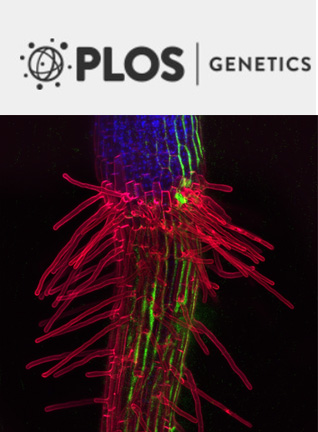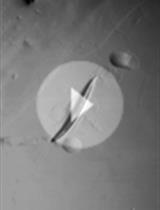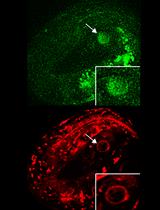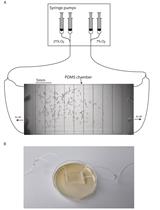- EN - English
- CN - 中文
Pentylenetetrazole (PTZ)-induced Convulsion Assay to Determine GABAergic Defects in Caenorhabditis elegans
用于确定秀丽隐杆线虫γ-氨基丁酸能缺陷的戊四氮唑诱导的惊厥测定试验
发布: 2018年09月05日第8卷第17期 DOI: 10.21769/BioProtoc.2989 浏览次数: 6146
评审: Alessandro DidonnaYusuke TominaDURAI SELLEGOUNDERAnonymous reviewer(s)
Abstract
Pentylenetetrazole (PTZ) is a GABAA receptor antagonist and is used to monitor presynaptic defects in the release of the inhibitory neurotransmitter GABA. PTZ is a competitive inhibitor of GABA, and prevents binding of GABA on the GABAA receptors present on the surface of muscle. In the absence of GABA binding, the excitatory to inhibitory signal ratio increases resulting in a convulsive phenotype. This assay provides a fast and reliable method to detect presynaptic defects in GABAergic synaptic transmission. The assay is based on correlating the extent of convulsions with the degree of presynaptic GABA release defects.
Keywords: PTZ (戊四氮唑)Background
Synapses are the asymmetric intercellular junctions that mediate synaptic transmission. They constitute the fundamental units of brain circuitry that enable execution of complex behaviors. The arrival of an action potential causes calcium influx via voltage-gated calcium channels resulting in depolarization of the plasma membrane. Upon this pre-synaptic depolarization, synaptic vesicles fuse with the plasma membrane releasing their contents into the synaptic cleft via a highly controlled process (Sudhof, 1995; Sudhof, 2004).
Locomotion is a prominent behavioral output in Caenorhabditis elegans. Neural circuits that generate coordinated dorso-ventral sinusoidal bends allow for normal locomotion in C. elegans. Locomotory behavior is orchestrated at multiple levels and involves the integration of diverse sensory cues by multiple sensory neurons that are processed by the interneurons and ultimately direct changes at the neuromuscular junctions (NMJ) (de Bono and Maricq, 2005; Bargmann, 2012). The C. elegans NMJ has three main components; the excitatory cholinergic motor neurons, the inhibitory GABAergic motor neurons and the postsynaptic muscle cells (White et al., 1976; White et al., 1986). Cholinergic signaling mediates muscle contraction while GABAergic signaling fine-tunes C. elegans locomotion by exerting a regulatory control on excitatory signaling. Any defect in GABAergic signaling results in an increased excitatory signal at the NMJ resulting in more muscle contraction.
GABA released from the presynaptic GABAergic motor neuron functions via GABAA receptors, which encode GABA-gated chloride channels (Schofield et al., 1987). GABAA receptors contain a neurosteroid or PTZ-binding site, right next to the subunit containing the GABA-binding site. In the event of reduced presynaptic GABA release and in the presence of PTZ, PTZ binds the neurosteroid-binding site hampering the binding of GABA at the GABA- binding site. A reduction in GABA binding causes a decrease in the inhibitory signaling, resulting in a convulsive phenotype called ‘head bobs’ or anterior convulsions (Williams et al., 2004; Locke et al., 2008) and depicted in Figure 1. The convulsive phenotype occurs because of an altered excitatory to inhibitory input ratio to the body-wall muscles. The PTZ assay is often used as a secondary assay in conjunction with the Aldicarb assay (Oh and Kim, 2017), to investigate the role of genes involved in GABA synaptic transmission. The results from this assay can be further supported by additional experimentation including electrophysiological recordings.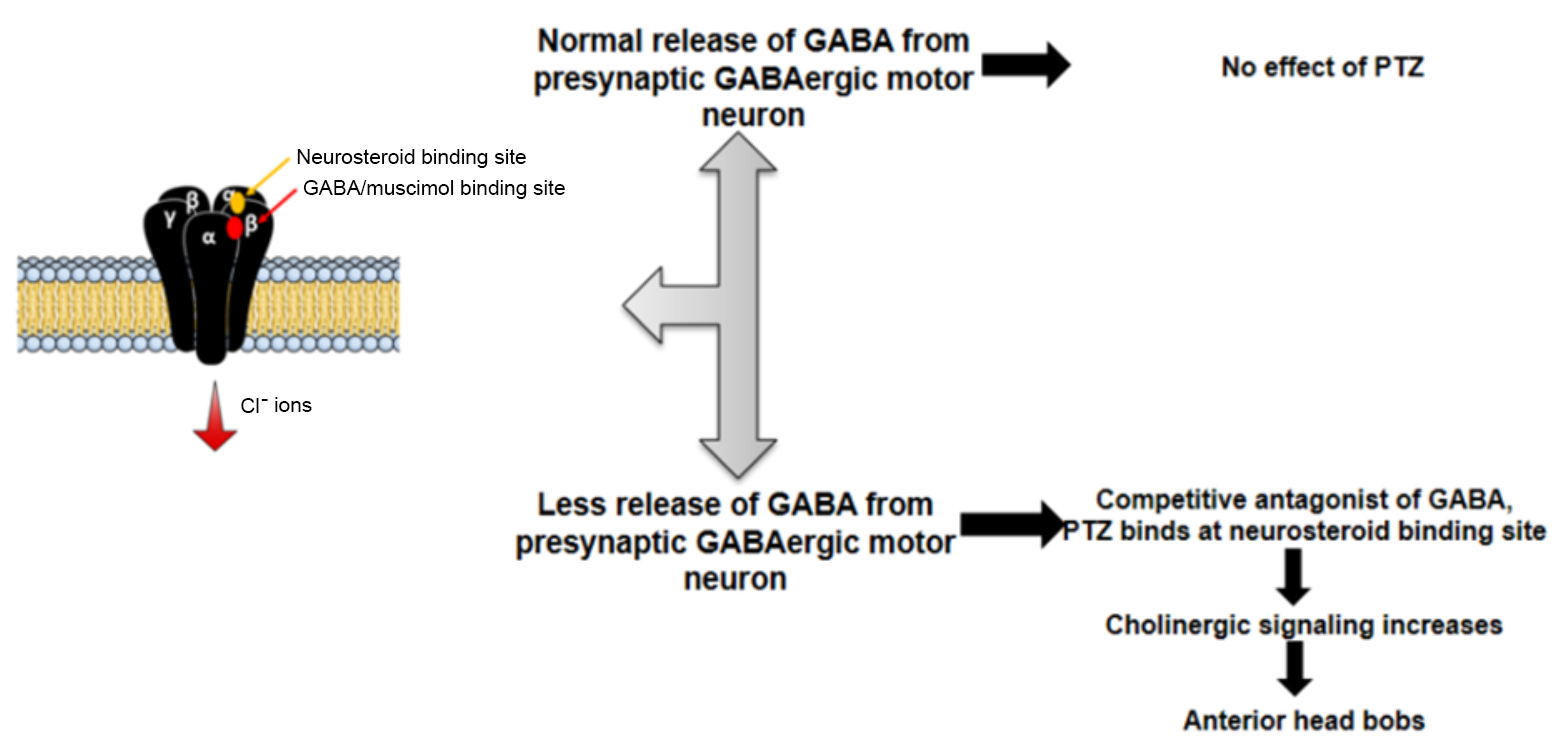
Figure 1. Mechanism of PTZ-induced anterior head bobs. PTZ is a competitive antagonist of GABA. If the presynaptic GABA release is lower than that seen in WT animals, PTZ binds at the neurosteroid binding site, thus hampering the binding of GABA at GABA-binding site. In the absence of GABA signaling, excitatory cholinergic signaling increases resulting in anterior convulsions called ‘head-bobs’. Hence, mutants showing anterior convulsions on PTZ plates suggest defective presynaptic GABA release.
Materials and Reagents
- 35 mm and 60 mm Petri dishes (35 mm: Tarsons, catalog number: 460035 ; 60 mm: Tarsons, catalog number: 460061 )
- Spreader (Tarsons, catalog number: 920081 )
- 99.99% platinum wire (Sigma-Aldrich, catalog number: 267201 )
- C. elegans: N2 (Wild type worms)(University of Minnesota, Caenorhabditis Genetic Center) and casy-1(tm718) (National Bio resource Project, Japan)
- Escherichia coli OP50 (University of Minnesota, Caenorhabditis Genetic Center)
- Pentylenetetrazole (PTZ) (Sigma-Aldrich, catalog number: P6500 )
- Ethanol (Ethyl alcohol Absolute, ACS-ISO grade) (Merck, catalog number: 100983 )
- Cholesterol (SRL Sisco Research Laboratories, catalog number: 54181 )
- Calcium chloride dihydrate (CaCl2•2H2O) (Sigma-Aldrich, catalog number: C3306 )
- Magnesium sulfate (MgSO4) (Sigma-Aldrich, catalog number: M7506 )
- Potassium phosphate, monobasic (KH2PO4) (Sigma-Aldrich, catalog number: P5379 )
- Potassium phosphate, dibasic (K2HPO4) (Sigma-Aldrich, catalog number: P8281 )
- Sodium chloride (NaCl) (Sigma-Aldrich, catalog number: S7653 )
- Bacto-agar (HiMedia Laboratories, catalog number: GRM026 )
- Bacto-peptone (SRL Sisco Research Laboratories, BactoTM, catalog number: 95292 )
- 100 mg/ml PTZ stock solution (see Recipes)
- 5 mg/ml cholesterol (see Recipes)
- 1 M CaCl2 stock solution (see Recipes)
- 1 M MgSO4 stock solution (see Recipes)
- 1 M KPO4, pH 6.0 stock solution (see Recipes)
- Nematode growth medium (NGM) agar plates (see Recipes)
Equipment
- Pipettes (Eppendorf, model: Research® plus, catalog number: 2231000224 )
- 2 L glass conical flask (DWK Life Sciences, DURAN, catalog number: 2121763 )
- Autoclave (Equitron-7431 SLEFA)
- Microscope (ZEISS, model: Stemi 2000 C )
Software
- GraphPad Prism v6 (GraphPad Software)
Procedure
文章信息
版权信息
© 2018 The Authors; exclusive licensee Bio-protocol LLC.
如何引用
Thapliyal, S. and Babu, K. (2018). Pentylenetetrazole (PTZ)-induced Convulsion Assay to Determine GABAergic Defects in Caenorhabditis elegans. Bio-protocol 8(17): e2989. DOI: 10.21769/BioProtoc.2989.
分类
神经科学 > 细胞机理 > 胞内信号传导
神经科学 > 行为神经科学 > 实验动物模型
您对这篇实验方法有问题吗?
在此处发布您的问题,我们将邀请本文作者来回答。同时,我们会将您的问题发布到Bio-protocol Exchange,以便寻求社区成员的帮助。
Share
Bluesky
X
Copy link



